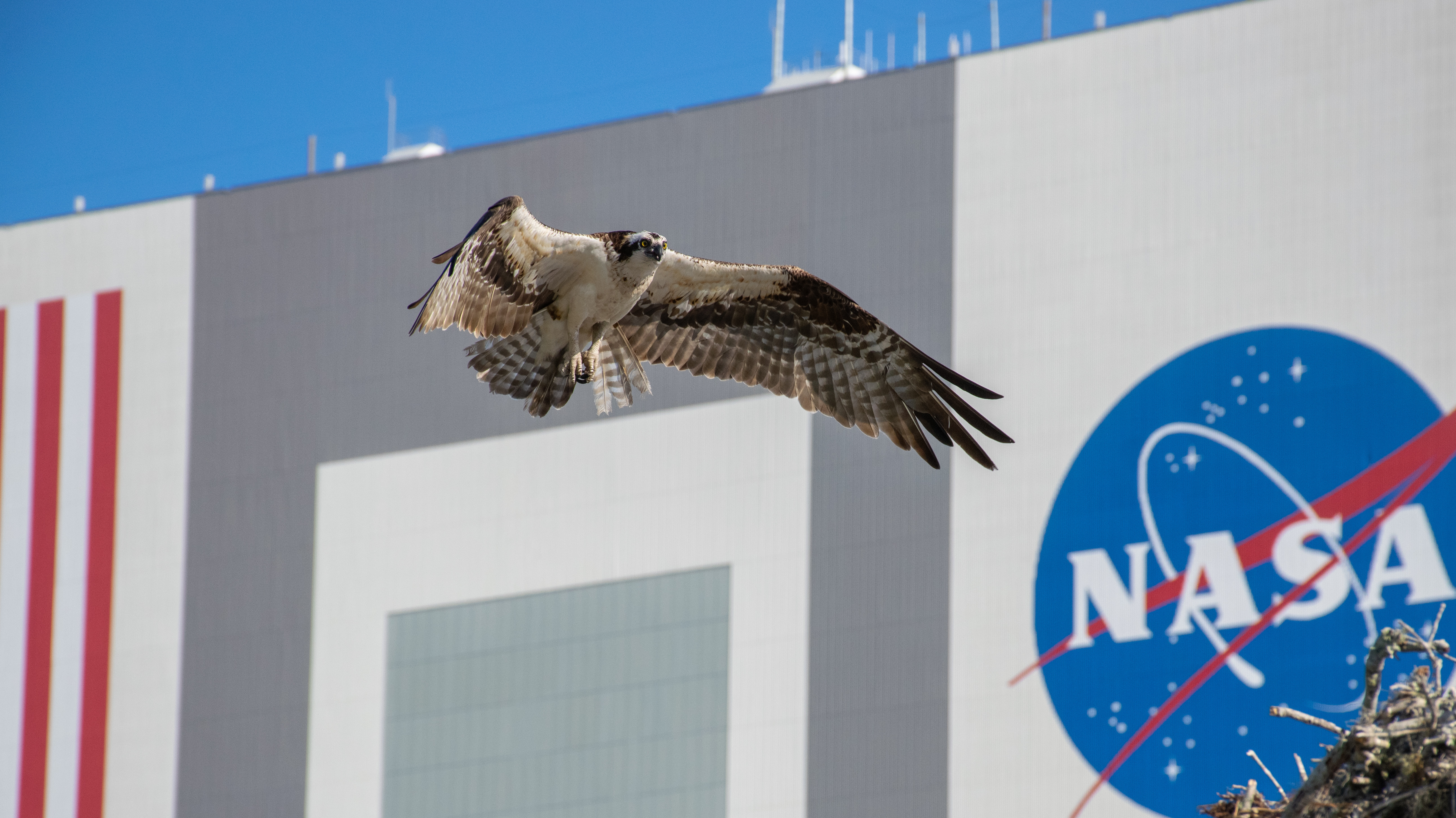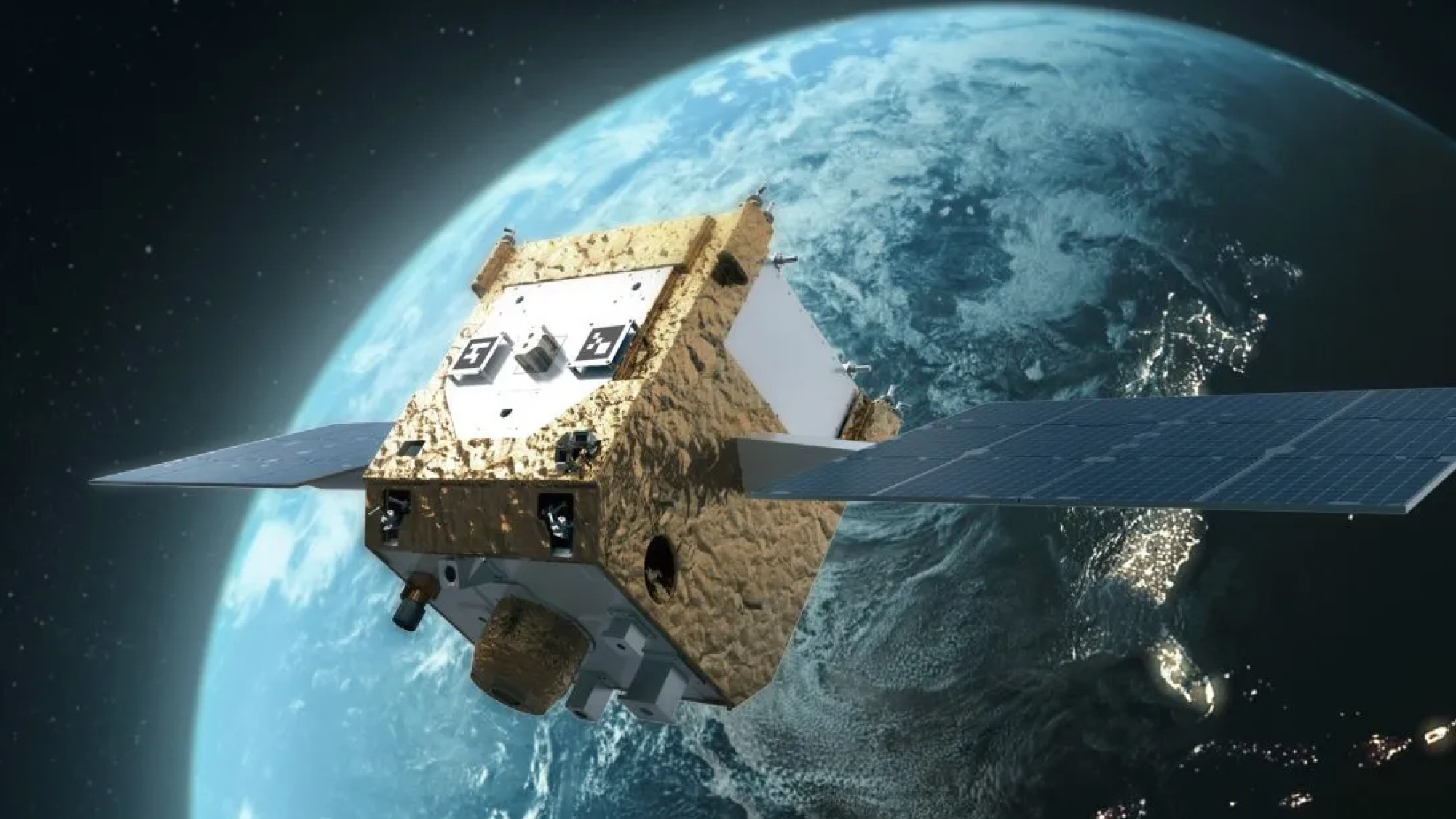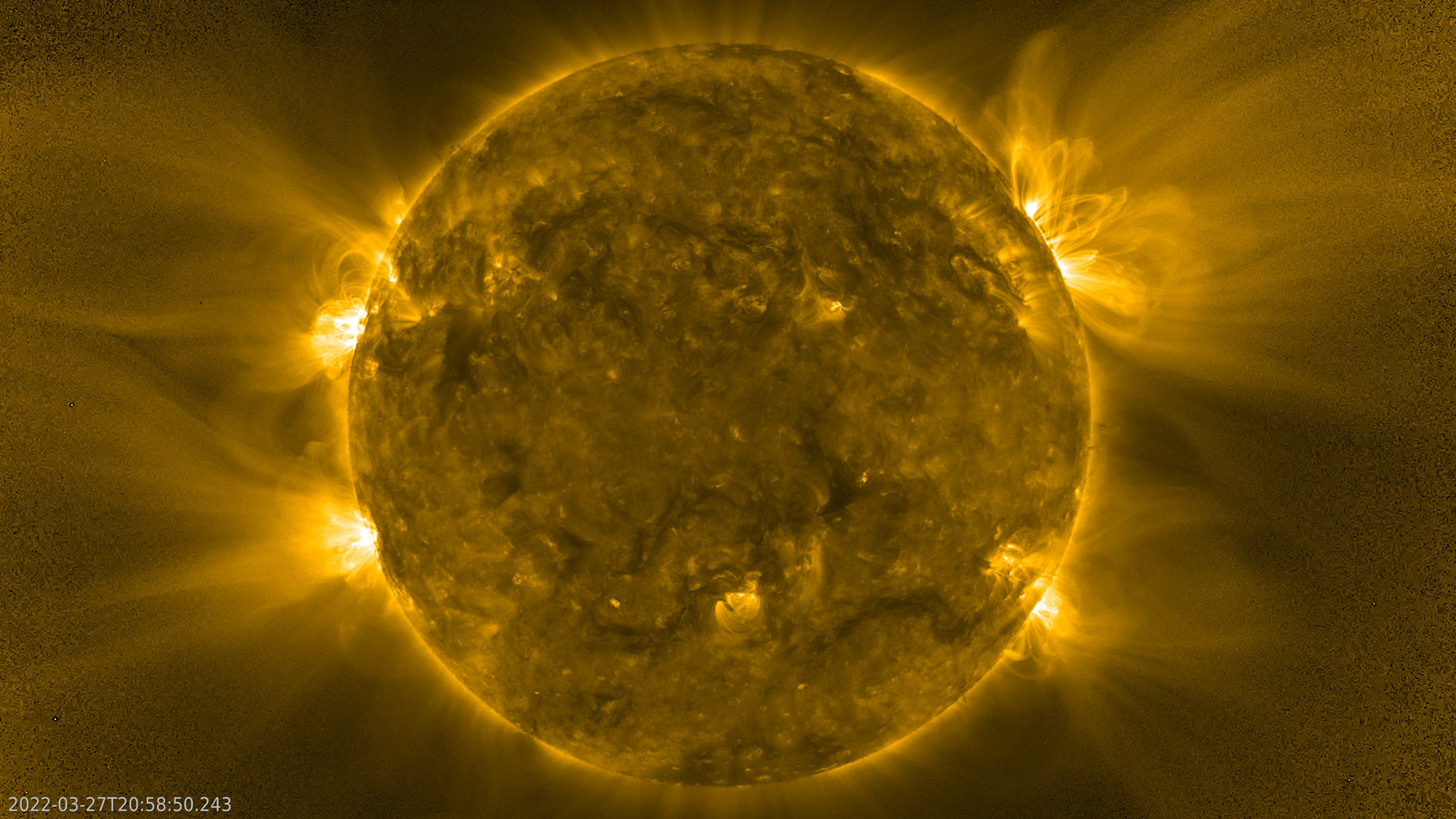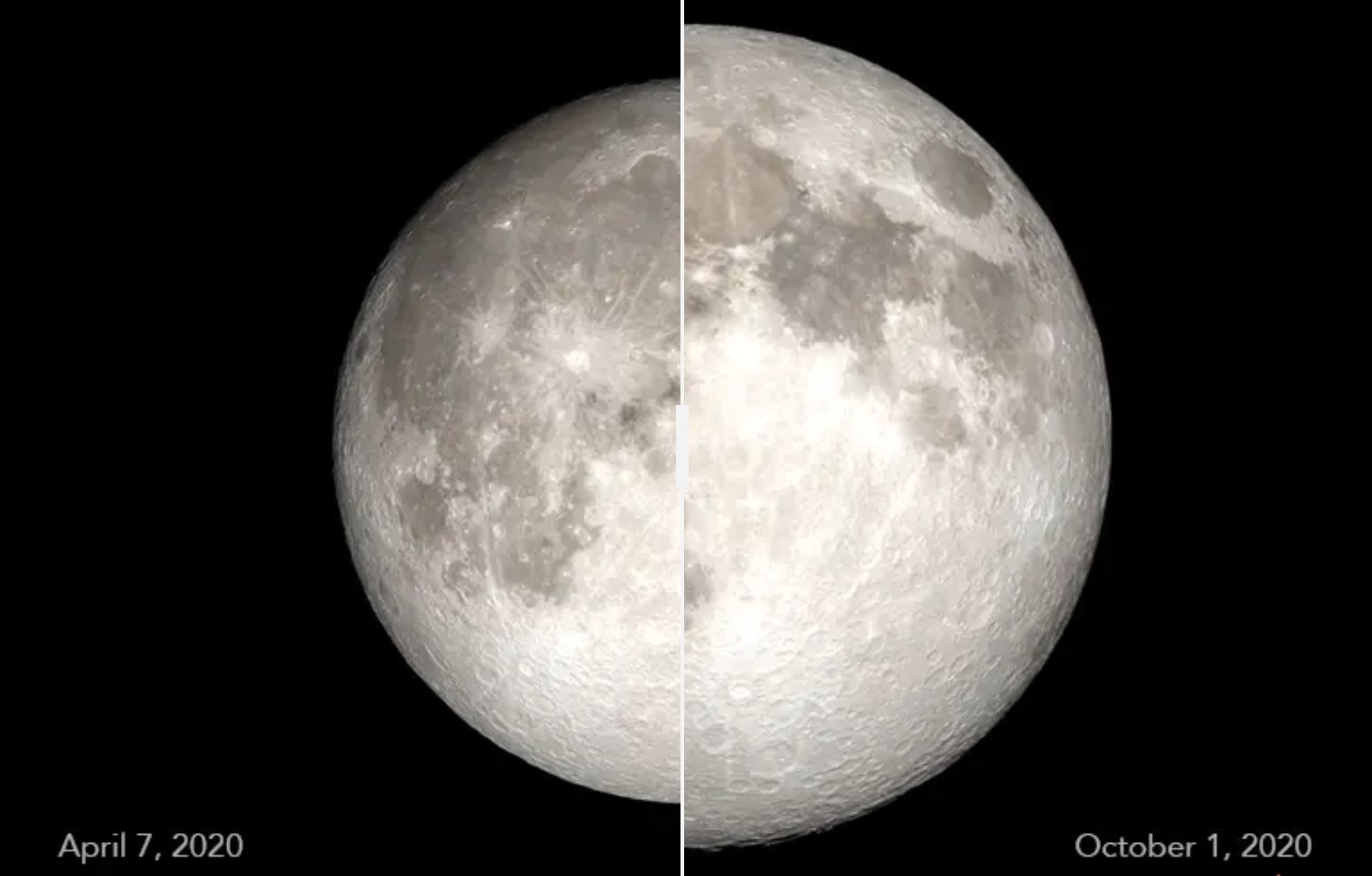5 main stages of the annular solar eclipse 2024 explained
On Wednesday (Oct.2), an annular eclipse will sweep over the globe; here is what you can expect from this ring of fire.

On Wednesday, Oct. 2, the sun will be transformed into a dramatic "ring of fire" as an annular solar eclipse sweeps over parts of the Pacific Ocean, including Hawaii, southern Chile, and southern Argentina, before reaching the Atlantic Ocean.
For eclipse watchers not lucky enough to live on its path across the globe, you can track the celestial event on Space.com's solar eclipse live blog and watch the action unfold live here on Space.com courtesy of TimeandDate.
An annual eclipse consists of five key stages. Here, we outline each stage and provide details on the regions of the world that will witness them on Oct. 2, along with the corresponding times.
Annular Eclipse vs. Total Eclipse
An annular solar eclipse happens when the moon passes between the sun and our planet, casting a shadow on Earth's surface. The trajectory this shadow traces over the Earth is the path of the eclipse.
The difference between an annular eclipse and a total eclipse like that experienced in April this year is that during an annular eclipse, the moon is closer to Earth and further from the sun. That means that the face of our star isn't completely obscured by Earth's lunar companion as it is during a total eclipse. During an annular solar eclipse, the sun appears as a glowing, fiery ring during an annular eclipse.

The central part of the eclipse's shadow, the point at which a ring of sunlight will completely surround the moon, is known as the antumbra. Observers in regions where the antumbra can be seen will experience annularity. The path of this eclipse will mostly sweep over the ocean, meaning that just 0.002% of the world's population (about 175,000 people) will see the moon entirely surrounded by a ring of fire.
Outside of these regions, where the moon appears outside of the antumbra in a "fuzzy" outer shadow known as the penumbra, eclipse watchers will see a partial eclipse. On Wednesday, around 245 million people, around 3% of the world's population, will see some part of the eclipse.
Get the Space.com Newsletter
Breaking space news, the latest updates on rocket launches, skywatching events and more!
Where the annular eclipse is visible
The regions of the globe that will experience the annularity include:
- Rapa Nui/Easter Island, Chile (5 minutes, 38 seconds to 6 minutes, 12 seconds of annularity starting at 14:03 EAST, 67 degrees above North)
- Cochrane, Chile (5 minutes, 40 seconds of annularity starting at 17:21 CLST, 26 degrees above NNW)
- Perito Moreno National Park, Argentina (6 minutes, 17 seconds of annularity starting at 17:21 ART, 25 degrees above NNW)
- Puerto Deseado, Argentina (3 minutes, 22 seconds of annularity starting at 17:27 ART, 20 degrees above NNW)
- Puerto San Julian, Argentina (5 minutes, 12 seconds of annularity starting at 17:24 ART, 21 degrees above NNW)
On Wednesday a partial solar eclipse will be visible from the following locations and to the following degrees.
- Ushuaia, Argentina will see 72% of the sun eclipsed.
- Falkland Islands 84%
- Villarrica, Chile 63%
- Punta Arenas, Chile 75%
- Buenos Aires, Argentina 42%
- São Paulo, Brazil 10%
Stage 1: First contact
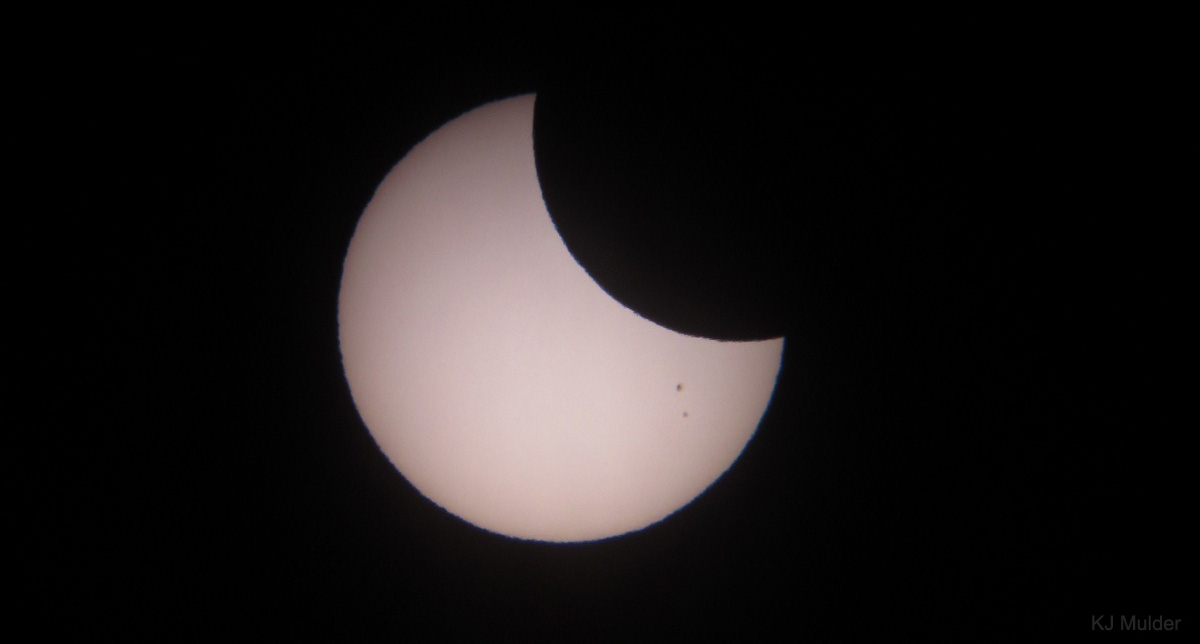
First contact is the initial stage of any solar eclipse. This represents the moment at which the moon's shadow first touches the sun's disk, signaling the beginning of a partial eclipse. Over the next 30 minutes, the moon's disk will begin to cover progressively more of the sun, with our star beginning to look like a massive bite has been taken out of it. When viewed from the northern hemisphere, the moon approaches the sun from the right, and from the southern hemisphere, it moves in from the left.
On Oct 2, first contact will occur at 11:15 am EDT (1542 GMT) over the Pacific, according to Time and Date.
Stage 2: Second contact
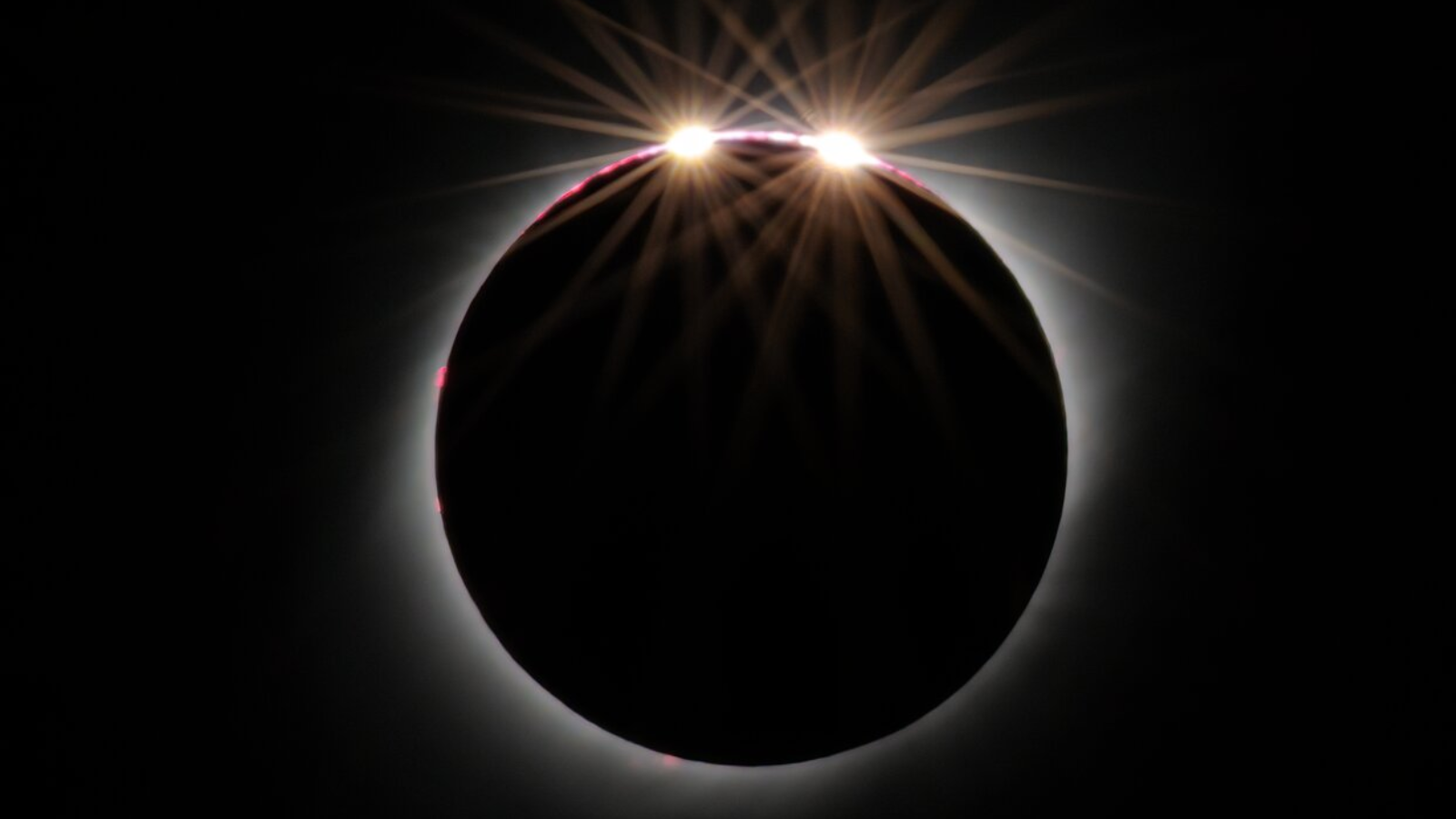
Second contact occurs when the majority of the moon covers the solar disk, leading to the last traces of light streaming through valleys and peaks on the lunar surface. This generates a phenomenon called "Bailey's beads," droplets of light that gather around the moon's trailing limb. The second contact marks the beginning of the annularity.
Second contact on Wednesday will begin at around 12:24 pm EDT (1624 GMT) over the Pacific Ocean, with the annular eclipse becoming visible to some degree over the Hawaiian islands at around the same time. The eclipse will first make landfall at around 2:56 pm EDT (1856 GMT) in southern Chile.
Stage 3: Maximum contact

As the name suggests, maximum contact represents the moment at which the moon is fully positioned over the solar disk. For an annular eclipse, this represents the point at which the moon's dark disk is ringed by sunlight.
On Wednesday, this striking "ring of fire" will first appear in the sky at around 12:45 pm EDT (1645 GMT) again over the Pacific. Southern Chile will first experience the annularity at around 4:20 pm EDT (2020 GMT). The ring of fire will reach the skies over Argentina at around 4:25 pm EDT (2025 GMT).
Stage 4: Third contact
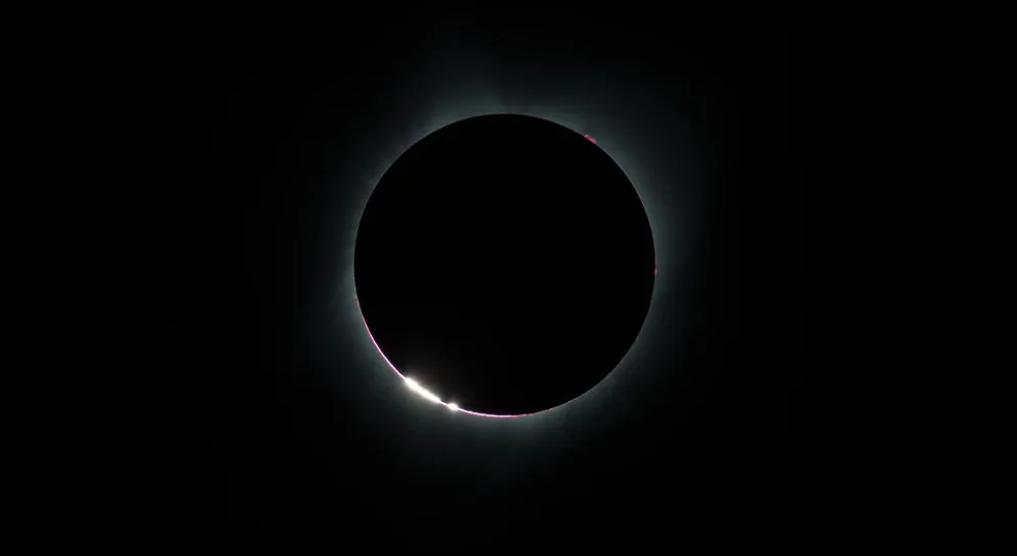
The fourth major stage of the annular eclipse is third contact. At this stage, the moon begins to move away from the sun's face, ending the annularity and triggering another partial eclipse. This offers eclipse watchers another opportunity to see Bailey's beads.
The last opportunity to see the annularity from land on Wednesday will occur at 4:30 pm EDT (2030 GMT) over Argentina. The ring of fire will completely disappear over Earth at 4:30 pm EDT (2039 GMT) as the partial eclipse begins again.
Stage 5: Fourth contact
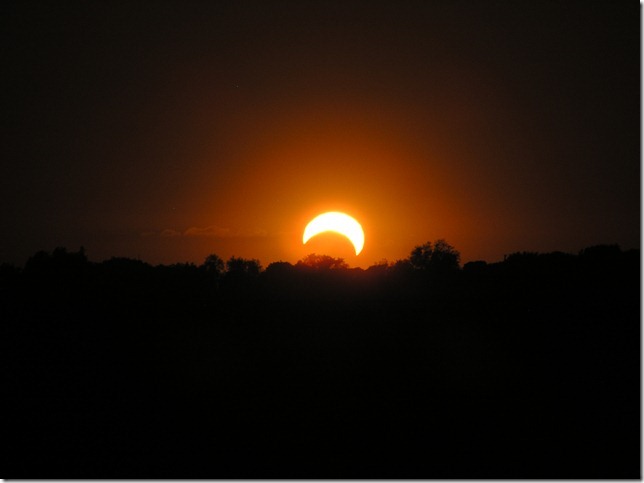
The fifth and final stage of the annular eclipse is the fourth contact, at which point the moon moves completely away from the solar disk. On Wednesday, the annular eclipse will vanish from the skies at around (2147 GMT.)
Viewing safety
During an annular solar eclipse, it is NEVER safe to look directly at the sun without solar eclipse glasses designed for solar viewing. Read our guide on how to observe the sun safely.
Join our Space Forums to keep talking space on the latest missions, night sky and more! And if you have a news tip, correction or comment, let us know at: community@space.com.

Robert Lea is a science journalist in the U.K. whose articles have been published in Physics World, New Scientist, Astronomy Magazine, All About Space, Newsweek and ZME Science. He also writes about science communication for Elsevier and the European Journal of Physics. Rob holds a bachelor of science degree in physics and astronomy from the U.K.’s Open University. Follow him on Twitter @sciencef1rst.
